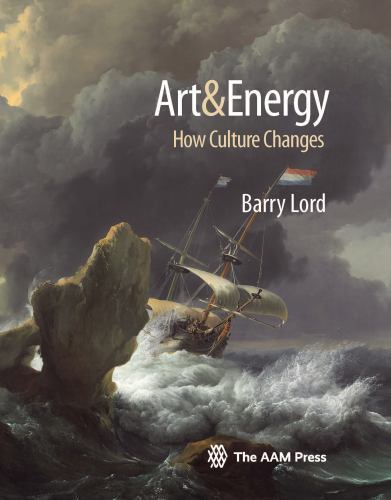Picture 1 of 5

Stock photo





Picture 1 of 5

Stock photo





Art and Energy : How Culture Changes by Barry Lord (2014, Trade Paperback)
D
Dog Ears Used Books (445)
100% positive feedback
Price:
US $300.00
ApproximatelyRM 1,241.85
+ $32.31 shipping
Returns:
30 days return. Buyer pays for return shipping. If you use an eBay shipping label, it will be deducted from your refund amount.
Condition:
Oops! Looks like we're having trouble connecting to our server.
Refresh your browser window to try again.
About this product
Product Identifiers
PublisherProgress Press Company, The Limited
ISBN-101933253916
ISBN-139781933253916
eBay Product ID (ePID)172397997
Product Key Features
Book TitleArt and Energy : How Culture Changes
Number of Pages280 Pages
LanguageEnglish
TopicSocial Aspects, Museum Administration & Museology, Power Resources / General, History / General
Publication Year2014
IllustratorYes
GenreArt, Technology & Engineering, Business & Economics
AuthorBarry Lord
FormatTrade Paperback
Dimensions
Item Height0.6 in
Item Weight16 Oz
Item Length1 in
Item Width1 in
Additional Product Features
Intended AudienceTrade
LCCN2014-009006
Dewey Edition23
Dewey Decimal701/.05
Table Of ContentTransitions 1. What's Energy Got to Do with It? 2. Basics: Sexual and Kinetic Energy 3. Fire: Culture of the Hearth 4. Cooperation and Control: Collective Identity 5. Animal Power: Domestication and Domesticity 6. The Energy of Slaves and the Culture of Domination 7. Waterpower: Irrigation and Urbanism 8. Wind in Our Sails: Investment and Individuality 9. Firewood and Charcoal: The World's First Energy Crisis 10. Coal: The Culture of Production 11. Electrification: Transforming the World 12. Oil and Gas: The Culture of Consumption 13. Nuclear Energy and the Culture of Anxiety 14. Renewable Energy: The Culture of Stewardship 15. How Culture Changes Notes References Index
SynopsisIn Art & Energy, Barry Lord argues that human creativity is deeply linked to the resources available on earth for our survival. By analyzing art, artists, and museums across eras and continents, Lord demonstrates how our cultural values and artistic expression are formed by our efforts to access and control the energy sources that make these cultures possible., In Art & Energy, Barry Lord argues that human creativity is deeply linked to the resources available on Earth for our survival. From our ancient mastery of fire through our exploitation of coal, oil, and gas, to the development of today's renewable energy sources, each new source of energy fundamentally transforms our art and culture--how we interact with the world, organize our communities, communicate and conceive of and assign value to art. By analyzing art, artists, and museums across eras and continents, Lord demonstrates how our cultural values and artistic expression are formed by our efforts to access and control the energy sources that make these cultures possible.
LC Classification NumberN72.T4L58 2014
Be the first to write a review





